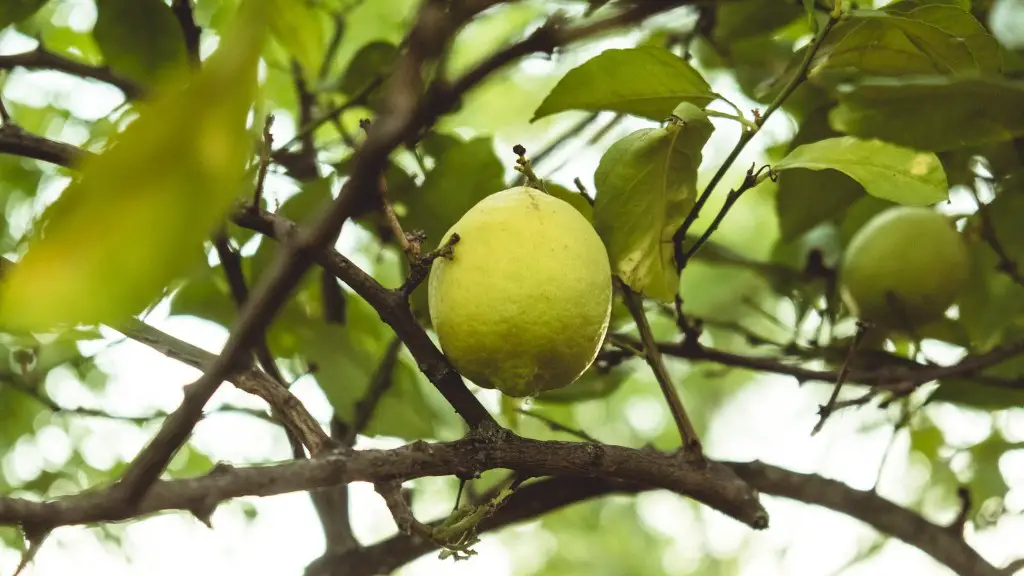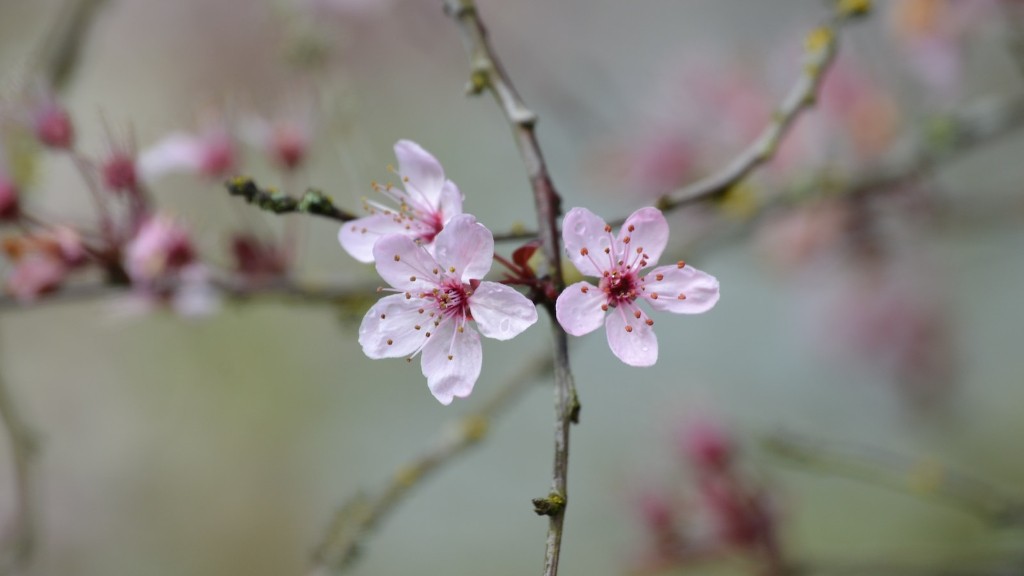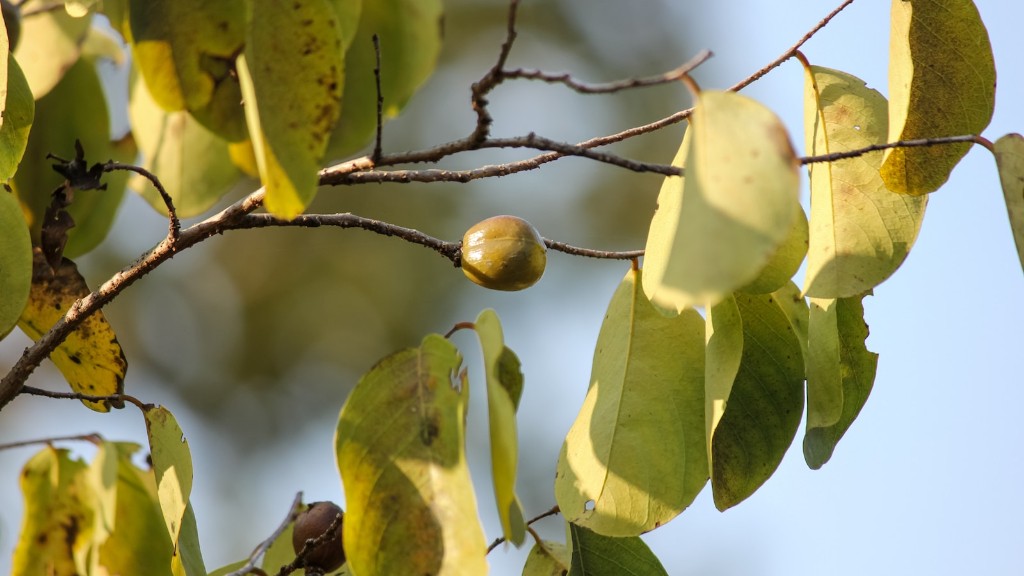Can you grow lemon tree from seed? Generally, yes, you can grow a lemon tree from seed – also known as “citrus limon” in botanical terms – though it may take some patience. With the right conditions, you can germinate lemon tree seeds, nurture them to maturity, and when they’re ready, you’ll have a lemon tree yielding fruit! Here’s what you need to know to get started.
First, you need to be aware that lemon trees grown from seeds won’t grow true to the parent plant. This is common for seed-grown citrus tree; the seedlings can vary and produce fruit with different characteristics. Nonetheless, it may still be worthwhile for a home gardener to try and grow a lemon tree from seed.
Second, you’ll need some seeds from a ripe lemon. It helps to pick a lemon that has the characteristics you want in flavor and texture for your tree’s fruit. Gently scoop out the seeds with a spoon, and make sure to eat the lemon if it’s still ripe! Once you’ve got the seeds, rinse them off in cold water and lay them out on some paper towels to dry.
Third, you’ll need to put the seeds in soil. Plant each seed individually no more than ¼ inch deep in a container filled with quality, well-draining potting mix. Be sure not to overcrowd the container – you’ll want to make sure there is adequate space for the seedlings to spread out and make room for a larger tree. Keep the soil lightly moist – not wet – until the seedlings emerge.
Fourth, you’ll need to give your lemon tree the right conditions to thrive. It’s important to maintain temperatures between 65 and 80 degrees Fahrenheit, and to give them as much sunlight as possible. Place the container in a warm, sunny spot, and rotate it from time to time to encourage even growth. Feed your lemon tree an appropriate citrus fertilizer at least once a week for the first year, with biweekly feedings for the second and third years.
Fifth, you’ll want to display patience and dedication. Be sure to water your lemon tree as needed to provide moisture but be careful not to overwater. Lemon trees can take up to two years to reach full maturity, depending on the climate and care, but with proper conditions, the tree can yield fruit in the future.
Growing lemon trees from seed in subtropical climates
In order to successfully grow a lemon tree from seed, it’s important to provide the tree with the necessary environmental conditions that would normally exist in its native subtropical climate. This means warmer temperatures, sunshine and irrigation.
In subtropical climates, lemon seedlings must face more direct sunlight. This means the chosen location for planting should have full-sun exposure and not be blocked from the bright rays at any time during the day. Similarly, higher temperatures may encourage faster growth and earlier fruiting in the future.
Irrigation is also important, as lemon trees require frequent watering during the warmer months. During the hot summer months, ensure the tree is sufficiently watered and well-drained, else the seedlings may experience sudden wilting or leaf-drop. When it cools off, it’s important to cut-back on the water, or your lemon trees may end up suffering.
By providing the necessary environment and requirements for growth, you should be able to successfully grow a healthy lemon tree from seed.
Sprouting and germinating lemon tree seeds
Once you have your lemon tree seeds, you’ll need to begin the process of sprouting and germinating the seeds. This process helps break down the hard shell of the seed and begins the growth of the seedling. While the process can be time-consuming, it’s essential in order to successfully grow a lemon tree from seed.
The best way to begin the sprouting process is to directly plant the lemon tree seeds in a soil-filled pot, as this eliminates the need for additional work such as soaking or separating the seeds. Once planted, use a watering can or spray bottle to lightly mist the soil until it’s damp but not soaking wet. Cover the pot with a plastic bag or wrap and place it in a warm, bright location in the room.
Check on the pot every few days to ensure the soil remains damp, and watch for the seeds to germinate. Once the seedlings appear, remove the plastic bag or wrap and move the pot not just to a brighter location in the room, but also one closer to a south-facing window.
With proper care and adequate sunlight, the seedlings should begin to grow on their own. If the seedlings become too leggy, you can trim them back to the desired length.
Transplanting and potting lemon tree seedlings
Once the seedlings have sprouted and established roots, you can begin transplanting them into pots of their own. It’s best to keep each seedling separate and in its own pot, as this will allow for better root growth.
When selecting pots for your seedlings, make sure they’re large enough to accommodate the growing tree and that they have at least one drainage hole in the bottom to help keep the roots from rotting. Fill each pot with fresh potting soil, and gently transfer the seedlings into the new pots. Water the soil to ensure it remains moist, but not soaking wet.
It’s also important to note that while you may put several seedlings in each pot, make sure no seedling is overcrowded. Keep enough space between seedlings so that when they reach full maturity, they have enough room to spread out and expand without competing for nutrients.
Transplanting the seedlings will provide them with the necessary growing space to reach maturity and fruit. By planting and transferring the seedlings early, you’ll be giving your lemon tree the best possible chance for success as it matures.
Caring for and tending to a lemon tree
Once your lemon tree seedlings have been transplanted into larger pots, it’s important to care for them in order to keep them healthy and productive. This includes watering, fertilizing, pruning, and protecting them from pests.
When watering the lemon tree, make sure to keep the soil moist by misting the soil with a spray bottle. Be sure not to overwater or underwater your lemon tree – an easy way to check this is with a moisture meter. If the soil is too dry, water the tree and if it’s too wet, allow the soil to dry out before more water is added.
As your lemon tree grows, be sure to fertilize it with a balanced citrus fertilizer at least once a week. This is necessary as the lemon tree needs various trace elements and minerals in order to grow healthy and long-lasting fruit. Pruning is also necessary as it helps keep the shape of the tree and ensures proper airflow.
Finally, it’s important to ensure your lemon tree is free of pests. Common pests such as aphids and mites can be controlled with a good insecticide. Be sure to keep an eye out for any infestations and deal with them as soon as they appear.
Harvesting and eating lemons off your own tree
The best part about growing your own lemon tree from seed is harvesting the fruit. When your lemon tree has reached full maturity, it will begin to flower and eventually produce fruit. Depending on the type of lemon seedling you planted, you may be able to enjoy the fruits of your labor within a year or two.
When it’s time to harvest your lemons, pick only mature fruits. Generally, these will be yellow-green with a slight yellow hue. Lemons at this stage are juicy and sweet. Depending on the variety, you may also be able to enjoy slightly tart or even acid-tasting citrus fruits.
To ensure that your lemon tree produces a plentiful yield each year, also be sure to keep up with proper pruning after your harvest. Pruning encourages new growth, as well as new leaves and flowers.
Importance of planting lemon trees
Aside from the fact that growing lemon trees from seed can be a fun experience and result in a bounty of fruiting to enjoy, there’s also an important environmental reason to plant and maintain thriving lemon trees. As a native to subtropical climates, lemon trees serve an important role in preserving local fauna and ensuring the survival of ecosystems.
By planting lemon trees, you can contribute to these local ecosystems and help contribute to maintaining the cycle of life. A single, healthy lemon tree can produce thousands of seeds in its lifetime that can potentially lead to new trees and the growth of a new generation of plants.
Moreover, by planting a lemon tree of your own, you’ll also be reducing your carbon footprint. This is because you’ll be eliminating your need to buy lemons from a grocery store, thus reducing the energy required to transport the fruits from their source to your home.
Ultimately, growing your own lemon tree from seed is a fun and beneficial experience. Not only can it yield an abundance of fruits, but you’ll also be helping to preserve local habitats and the environment.





